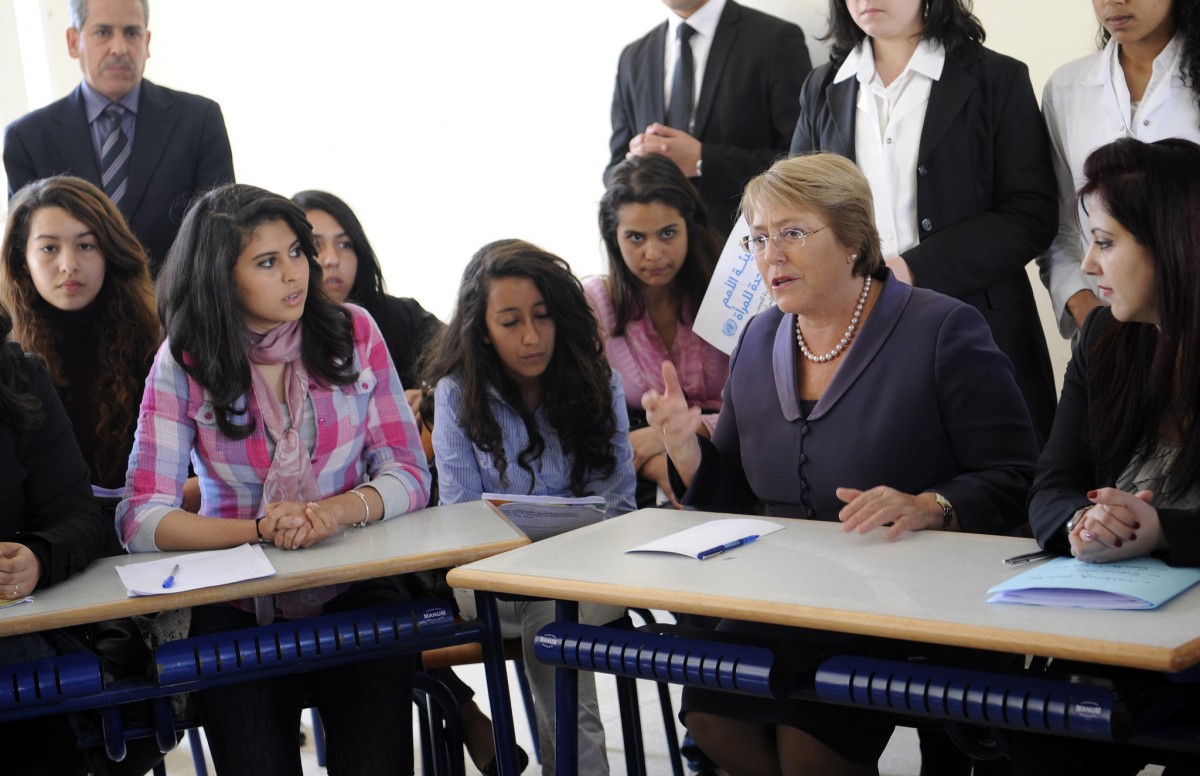
Education, Engagement, and Hope for the Future
School culture is supposed to cultivate engagement in education, talent, hope for the future, and preparation necessary to compete in the economy.
Engagement in education refers to the degree of curiosity, attention, passion, and optimism students demonstrate while learning. This represents the level of motivation learners have to progress in their education.
Less than half of U.S. students, grades 5-12, reported being involved in school. These are the ones who are hopeful for the future. Hopeful learners are almost three times more likely to achieve excellent grades.
Engagement Data Collected
The Gallup Student Poll is an online questionnaire for children and teenagers in grades 5 through 12. The survey is offered, for free, to students from a sample of schools and districts in the U.S. and Canada.
The questions were completed by 915,214 students, in 50 states and the District of Columbia: 909,617 students from public schools and 5,597 from private schools. This poll was sent to 540 public school districts, which breaks down to 2,940 public schools and 34 private U.S. institutions. Three school divisions were represented by Canada: Twenty-nine Canadian schools received the survey, and 3,614 students answered the questions.
Purpose of Gallup Student Poll
The poll is designed to be another voice for students. It is a measurement of school success that provides the education system with more information to improve the culture of institutions.
The 2016 Gallup Student Poll ran from Sept. 26 through Oct. 28, 2016 and received 5 million responses. There were nine questions focused on engagement, and according to the survey, students who are involved in their education are 4.5 times more likely to be hopeful for the future.
High school students who have plans after graduation are the most hopeful and heavily involved in their education. Those who have decided to take time off after graduation tend to disengage from school. They have not planned for the future, therefore, are not hopeful about their future.
Elementary-aged children are more involved in school. After ninth grade, students can significantly lose interest in school activities. At all grade levels the opportunity to show off skills, fun, and having a best friend at school is directly linked to hopeful feelings. According to the 2016 Gallup Student Poll, the percentage of students who are engaged, those who are not involved, and those who have actively disengaged are equally balanced.
9 Items of Engagement:
• Do your best;
• Schoolwork is important;
• Feel safe;
• Have fun;
• Best friend;
• Good work;
• Something interesting;
• Adults care;
• Excited about the future.
Grades 5 Through 8 Reported:
• Knowing they will graduate from high school;
• Having a great future to look forward to;
• Think of multiple ways to earn good grades;
• Finding many ways to get around or resolve problems;
• Knowing they will find a good job in the future.
Grades 9 Through 12 Reported:
• At school, they can do what they do best every day;
• Knowing they will graduate;
• Having a great future ahead;
• Know many ways to earn good grades;
• Find ways around problems or resolve issues.
The book “Results Now,” by Dr. Michael Schmoker, discusses a study that visited 1,500 classrooms. Of those classrooms, 15 percent of the teachers had the attention of half the students.
Engaged students are:
• Alert and follow the teacher with their eyes;
• Take notes;
• Actively listen;
• Ask questions;
• Answer questions;
• Participate in activities;
• React to discussions and learning events;
• Read critically with pen and paper;
• Write to learn, plan, problem solve, create, discuss, ask questions, and debate;
• Present/perform, explain, inquire, evaluate, experiment, and explore;
• Move, interact, and gesture during interaction.
Students must participate in the education process to truly learn. Therefore, an active learning environment is well-equipped to engage and thus educate students.
By Jeanette Smith
Sources:
Gallup: 2016 Gallup Student Poll: A Snapshot of Results and Findings
Edutopia: How Do We Know When Students Are Engaged?
Featured Image Courtesy of UN Women’s Flickr Page – Creative Commons License



